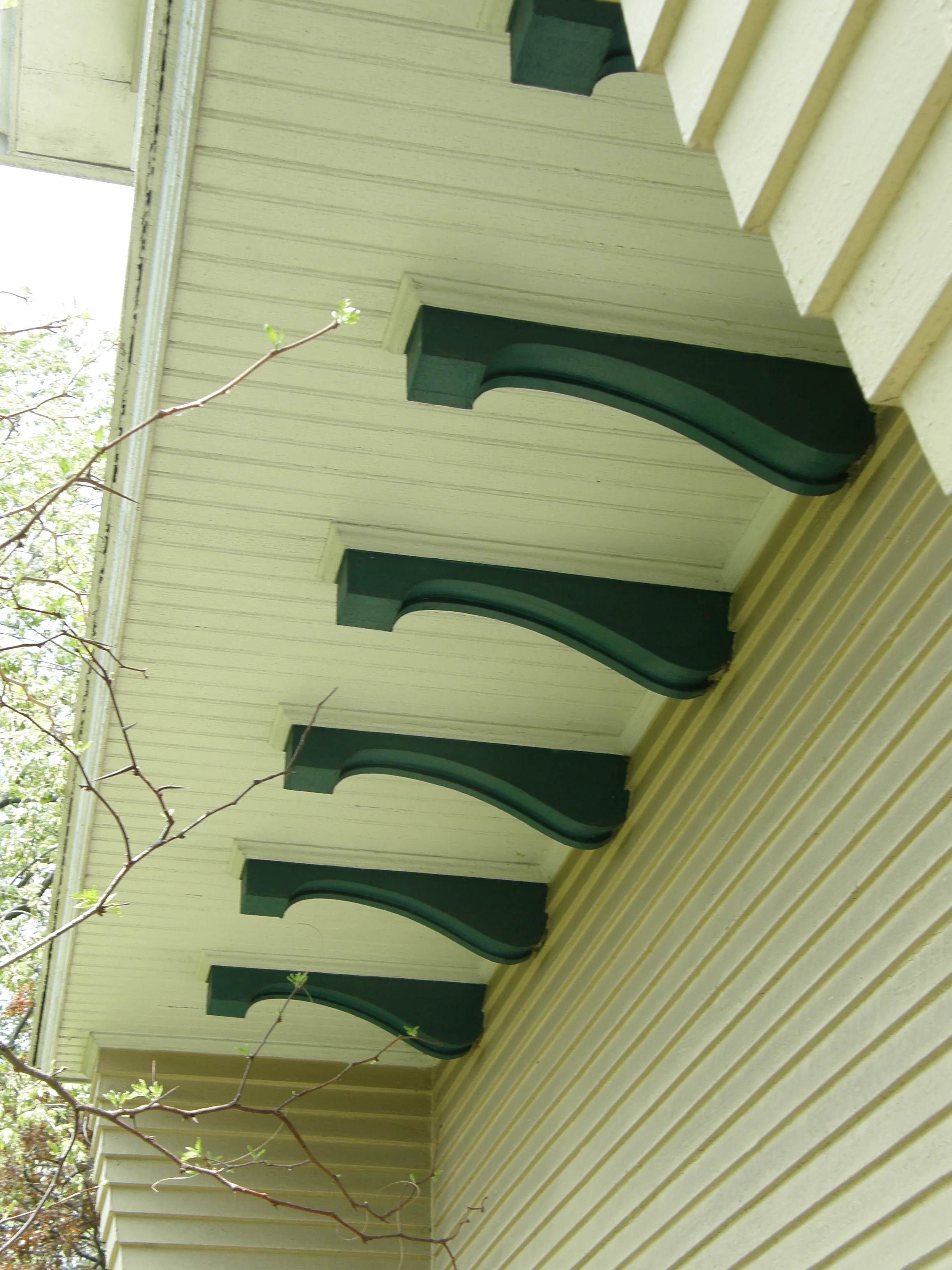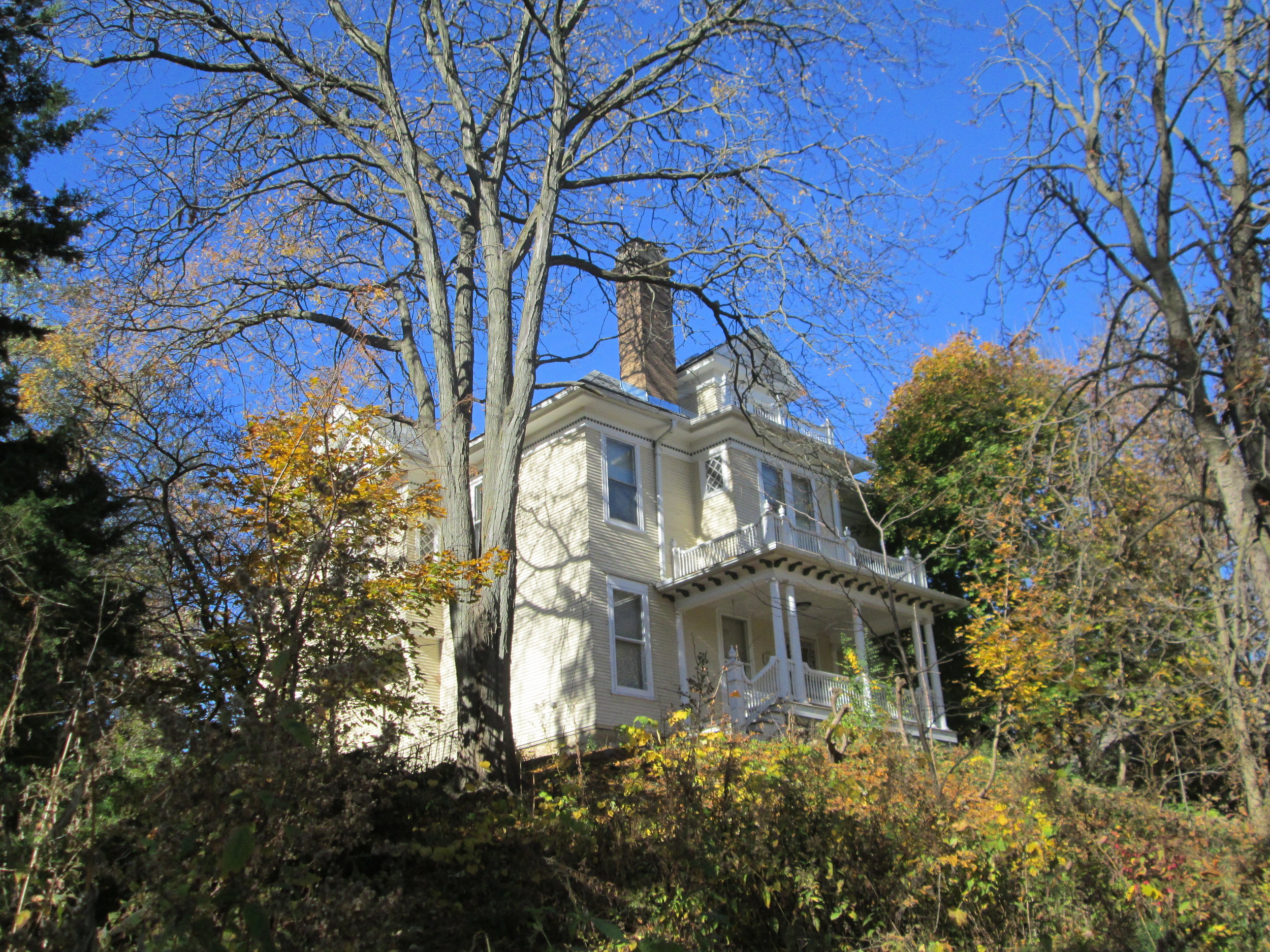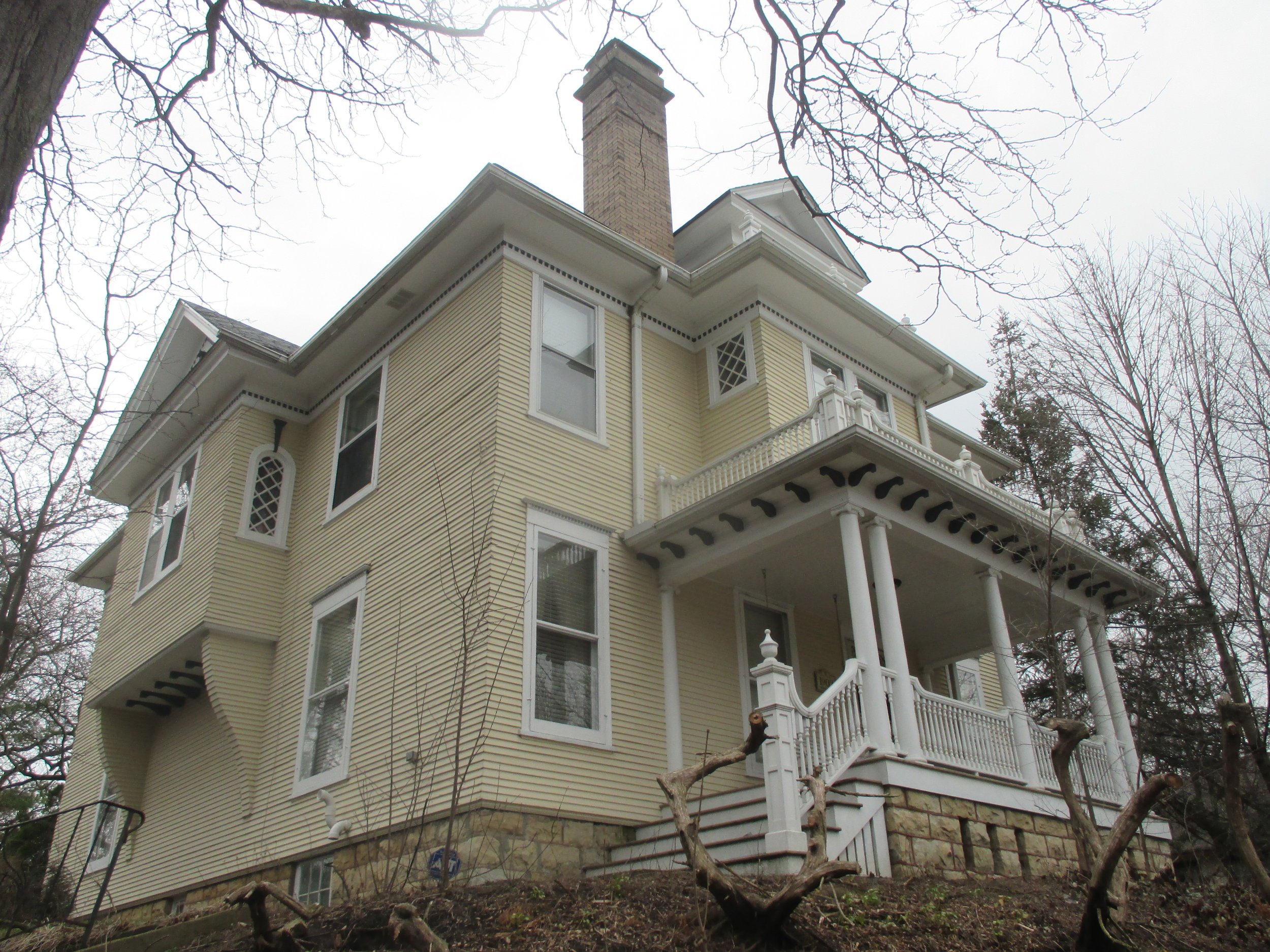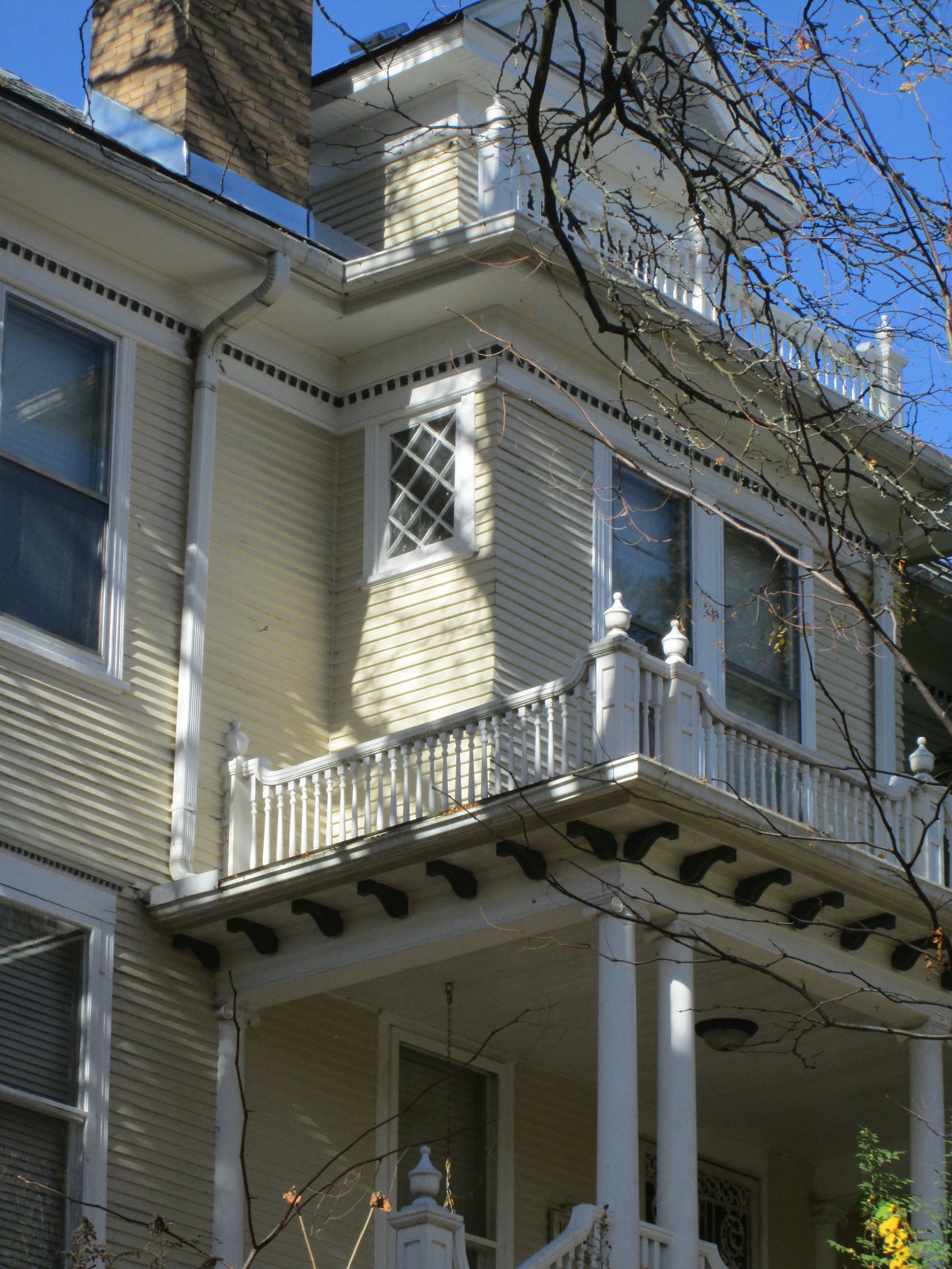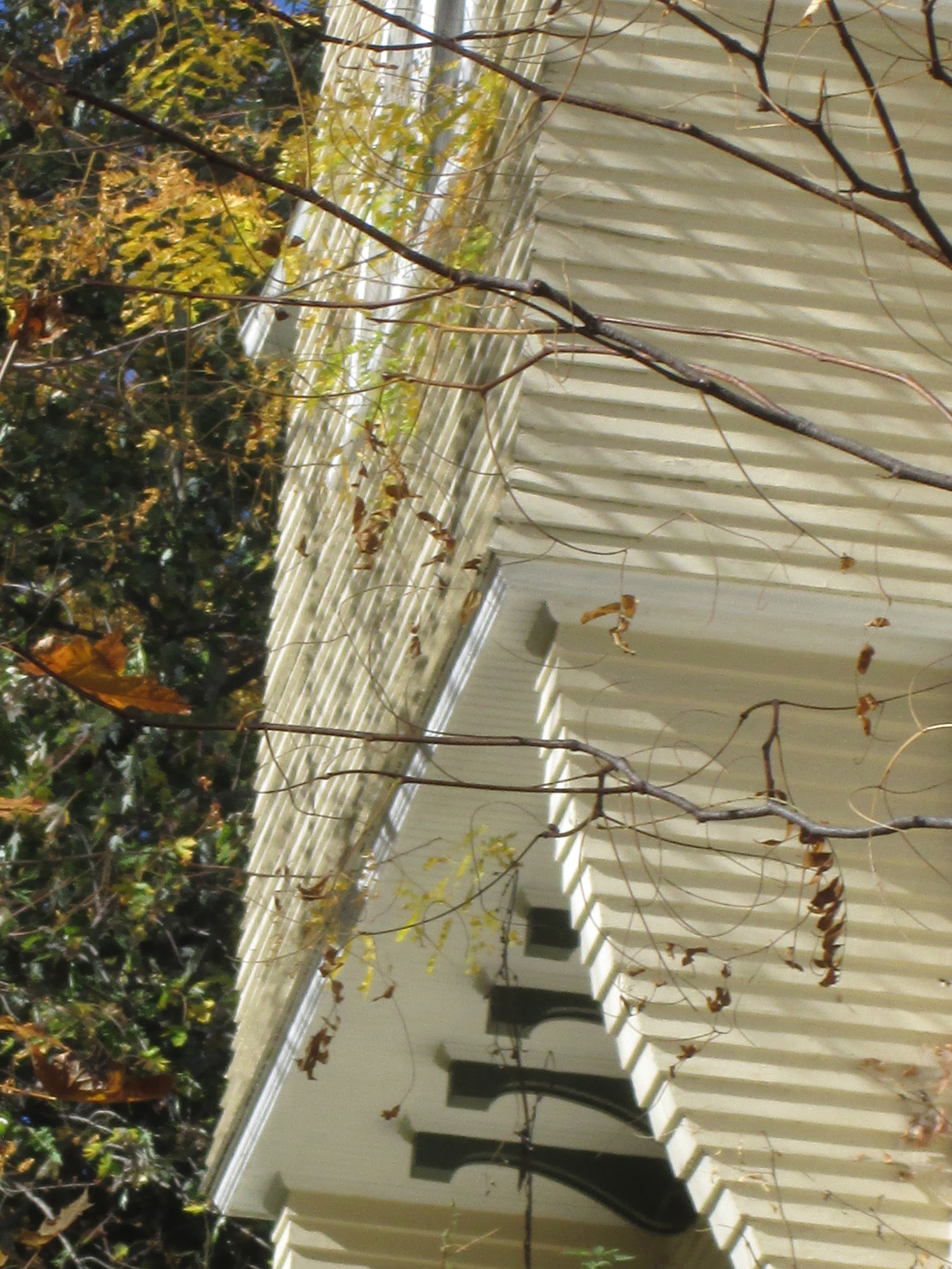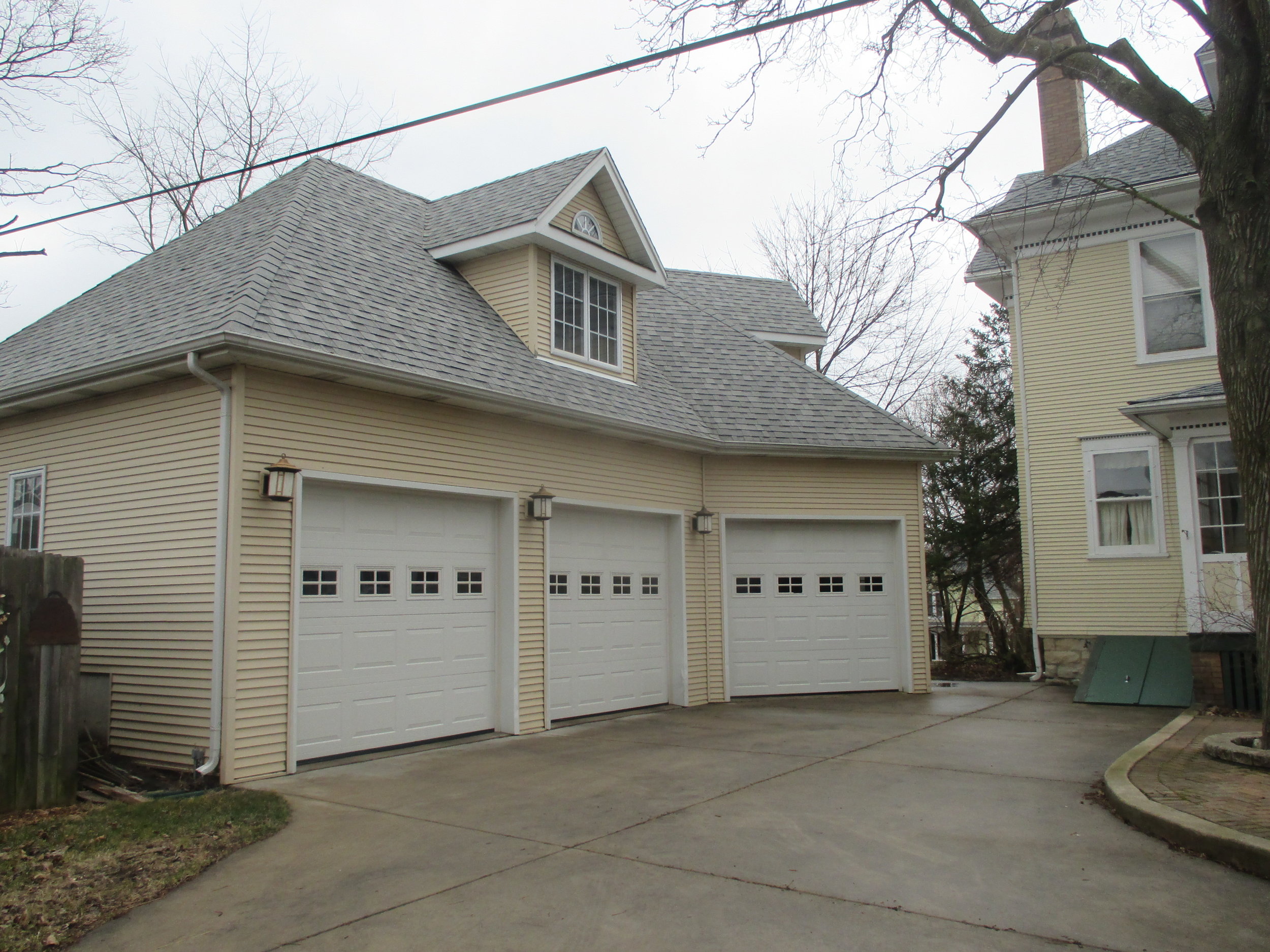530 S. LIBERTY STREET
HISTORIC SIGNIFICANCE
At the turn of the century, Peter VanNostrand purchased the land where 530 S. Liberty Street now stands. Peter was a furniture dealer and bought the land to give to his daughter, Anna, and her husband, Thomas Wallin, as a wedding gift in 1902. Thomas S. Wallin was a judge from Chicago.
W. Wright Abell designed the home, a distinguished architect in the area. While Abell has many noteworthy homes and buildings to his name in Elgin, one of his most famous was the Teeple Barn, located along Randall Road near the I-90 Tollway. It was destroyed by a storm in 2007, but not before Abell’s sixteen-sided barn was placed on the National Register of Historic Places. The connection to W. Wright Abell as the architect is notable to the history of Elgin as a whole, and also this neighborhood. Abell designed 500 and 502-504 Arlington Avenue as well.
The original owners mostly used 530 S. Liberty – sometimes known as 535 Arlington – as their summer home. After the Great Depression hit, the home was vacant for almost 10 years. Later, in 1944, the home was purchased by the Gebhard family.
ARCHITECTURAL SIGNIFICANCE
530 S. Liberty is a nice example of the Colonial Revival style. Some of the common features of the style seen here include the accentuated front door, slender columns supporting the front porch, the decorative dentil-lined cornice, tall rectangle double-hung windows, and the pediment centered gable.
After the popularity of the Victorian-era Queen Anne waned, it was the Colonial Revival that became the most dominant style. From roughly the turn of the century until the 1950s, Americans devoured the style and its sub-types.
TIMELINE OF PREVIOUS OWNERS
Sources: 1988 Heritage Plaque Application; Audio: TextAloud
